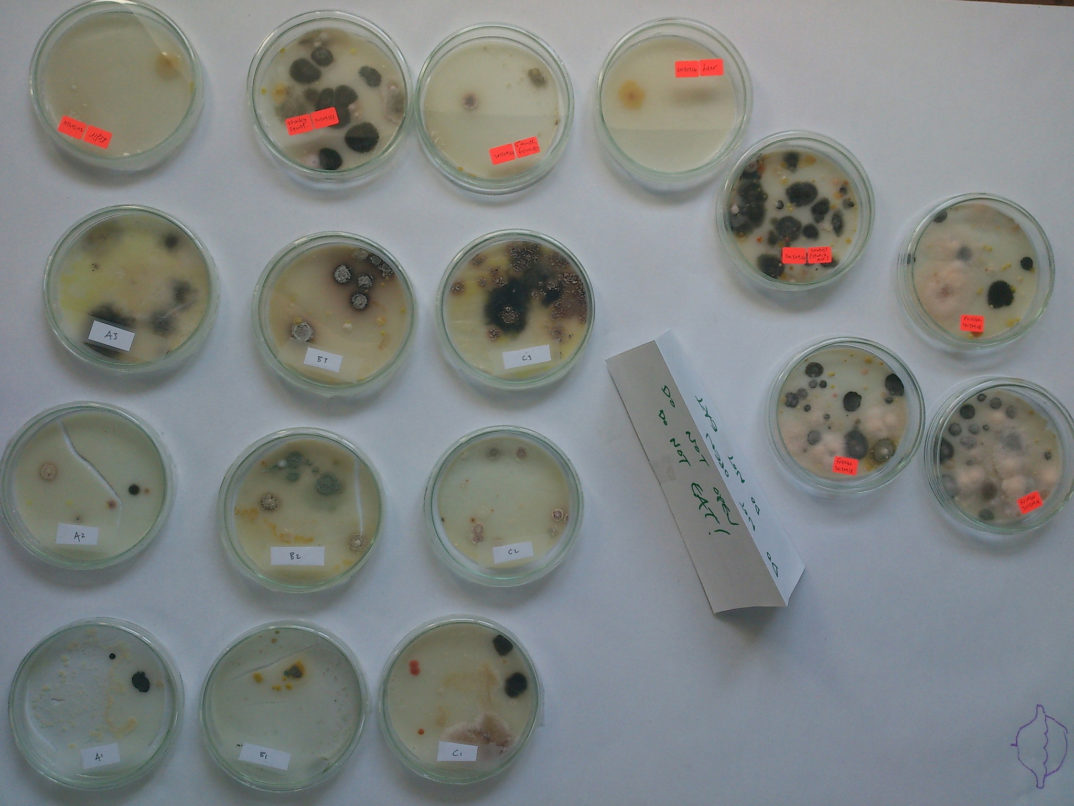The problem of antibiotic resistance is real and growing. It is estimated that 700,000 people die from antibiotic resistant infections each year [1]. Further, every year, new multidrug resistant organisms emerge. We might soon face the global crisis of an era in which there is massive spread of bacterial diseases that cannot be treated by any currently available drug. In order to solve this problem, we must recognize that it has both scientific and ethical components: each time a physician prescribes an antibiotic she or he is required to balance individual patient needs with societal risks and benefits [2]. Further, even in the absence of antibiotic use, resistance is, and always has been, an evolutionary problem – natural reservoirs of antibiotic resistance exist even in pristine environments [3]. Added to this is the fact that over the last thirty or so years there has been a decrease in the number of antibiotics that have been developed and approved [4]. These factors make the problem of antibiotic resistance multifaceted and complex, but recent advances in basic scientific research show a promising way forward, even though previously implemented strategies to mitigate the problem have been largely unsuccessful. Continue reading “Solving Antibiotic Resistance with the Power of Evolution”
A Post-Antibiotic Era: Antibiotics and Food
Since the 1950s, the agricultural industry has used antibiotics as a precautionary measure to prevent widespread infection in the crowded, restrictive settings of a food animal farm. Antibiotics are readily available, low cost, and promote profitable weight gain in food animals compared to other capable forms. Approximately 80% of all antibiotics sold in the United States can be traced back to agricultural usage and many overlap with the antibiotics used to treat human illnesses. The World Health Organization classified several growth-promoting antibiotics utilized by food corporations as critically important to human medicine. The FDA does not strictly regulate the use of antibiotics for agricultural purposes.
Continue reading “A Post-Antibiotic Era: Antibiotics and Food”


